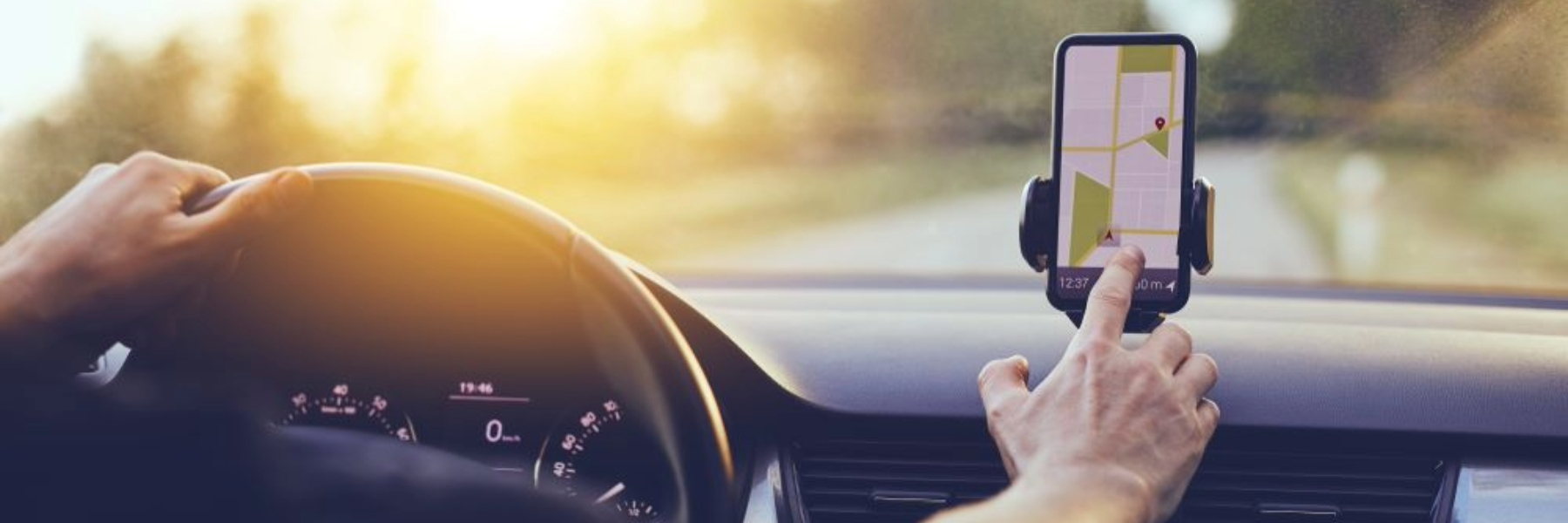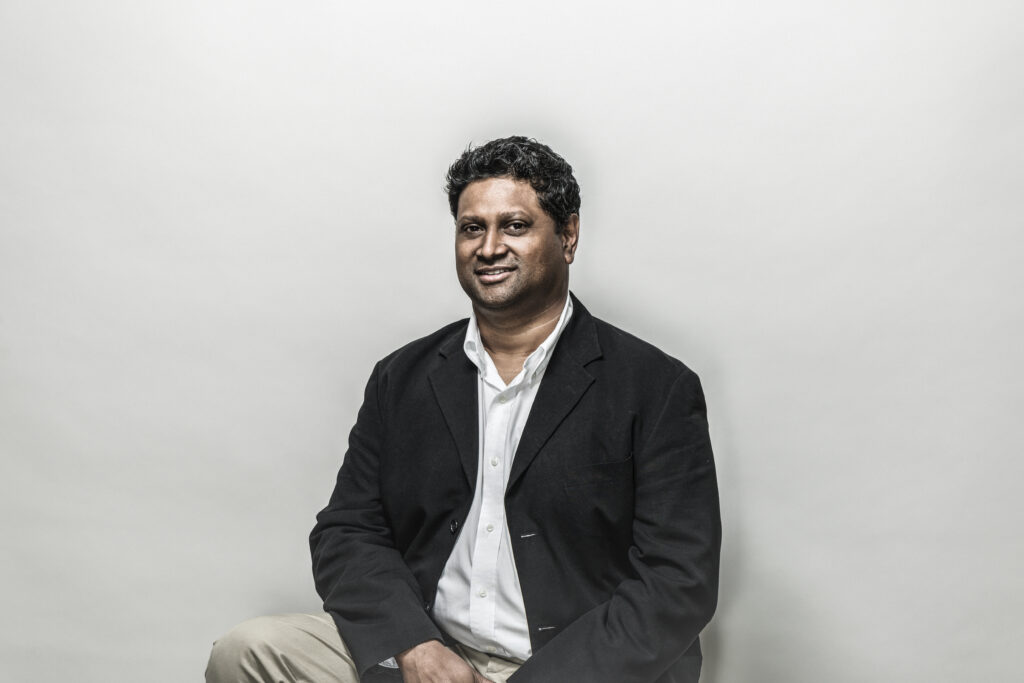Lassonde research boosts accuracy of GPS positioning in smartphones
Tags:

This story originally appeared in the March edition of Aspire in YFile. Written by Corey Allen.
York University engineers have developed a new technique that significantly improves the accuracy of global positioning system (GPS) tracking in Android smartphones.

Using precise satellite tracking data currently unavailable to smartphone processors, the Lassonde School of Engineering research team reduced tracking errors by upwards of 64 percent.
A considerable feat, given the fact that satellites transmit signals from more than 20,000 kilometres away in space and smartphone reception can be quite weak (a phone’s antenna costs less than a dollar to manufacture).
“Because these satellites are so high in orbit and a consumer product like a smartphone uses low-grade and low-cost hardware, the great engineering challenge is to find ways to make everyday technology more precise,” explains Sunil Bisnath, a professor of geomatics engineering, whose research team also includes PhD students Yi Ding and Jiahuan Hu.
For the trio, that meant “squeezing” as much information from the satellite data as possible, and as much as a smartphone’s computing processor could handle.
“Professional-grade GPS equipment that can measure millimetre distances costs tens of thousands of dollars. Smartphones are not designed to function at such a high level,” said Bisnath. “Our positioning technique to fill in missing data gaps was able to significantly improve the accuracy and quality of the measurements.”
Their findings, published this year in GPS Solutions, detail their method, which involved manipulating specific types of satellite data called pseudorange and carrier-phase measurements, multiplying the speed of light by the time these signals have taken to travel from the satellites to the smartphone receiver.
The researchers used York’s Keele Campus as a living lab to test their work, mounting a GPS-enabled smartphone on a car dashboard and driving on various roads at and around the University and on 400-series highways.
Currently, Bisnath and his team continue to refine their technique, working to enhance its precision even further, while exploring potential partnership interest from industry.
This latest innovation builds on more than 30 years of research by Bisnath, who began studying GPS in the early 1990s upon the suggestion of one of his professors.
“I didn’t know what GPS was at the time, but now it’s become so pervasive in our daily lives,” said Bisnath. “From getting your dinner delivered on an app to following package deliveries online to conducting transactions with your bank card, GPS plays an integral role in how modern society works.
“So what I thought was a one-time project turned out to be an entire career.”